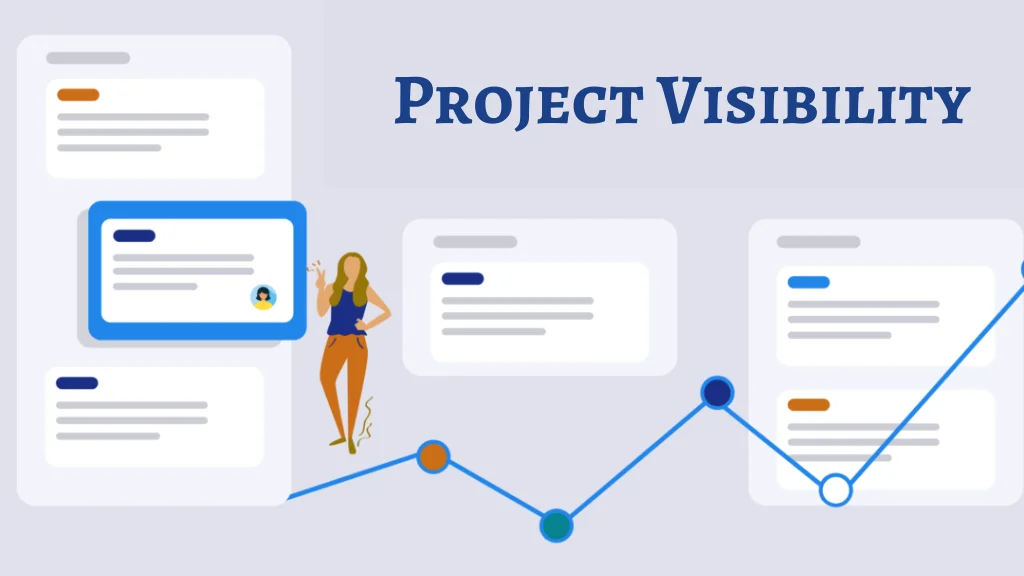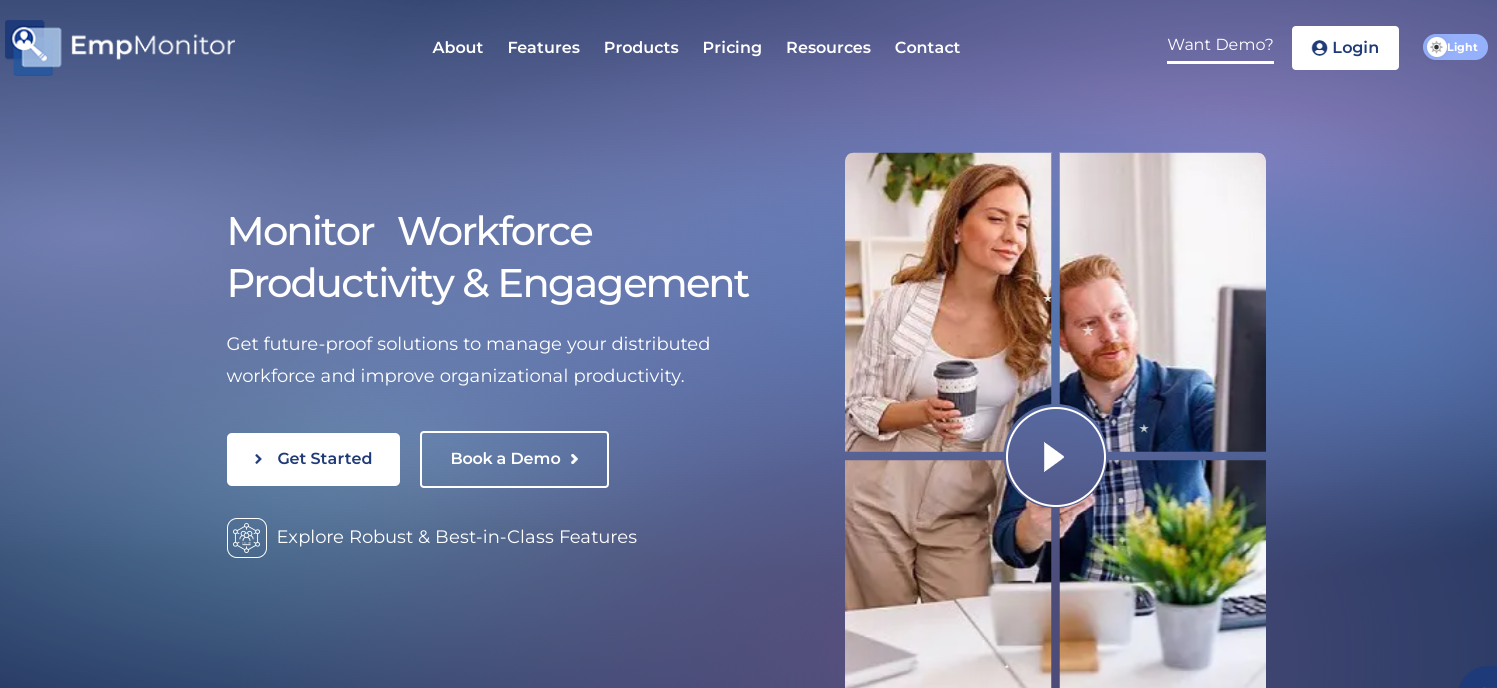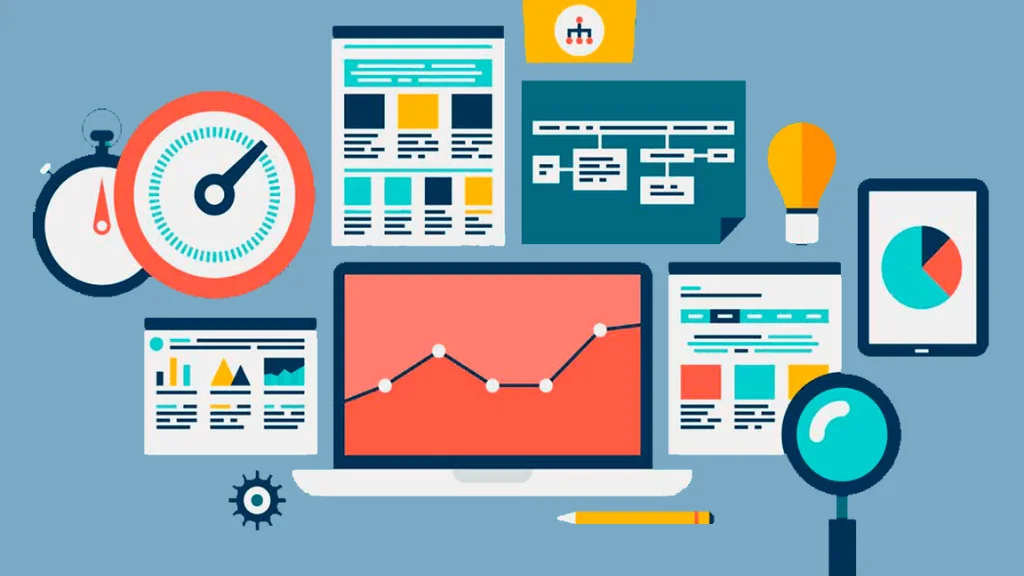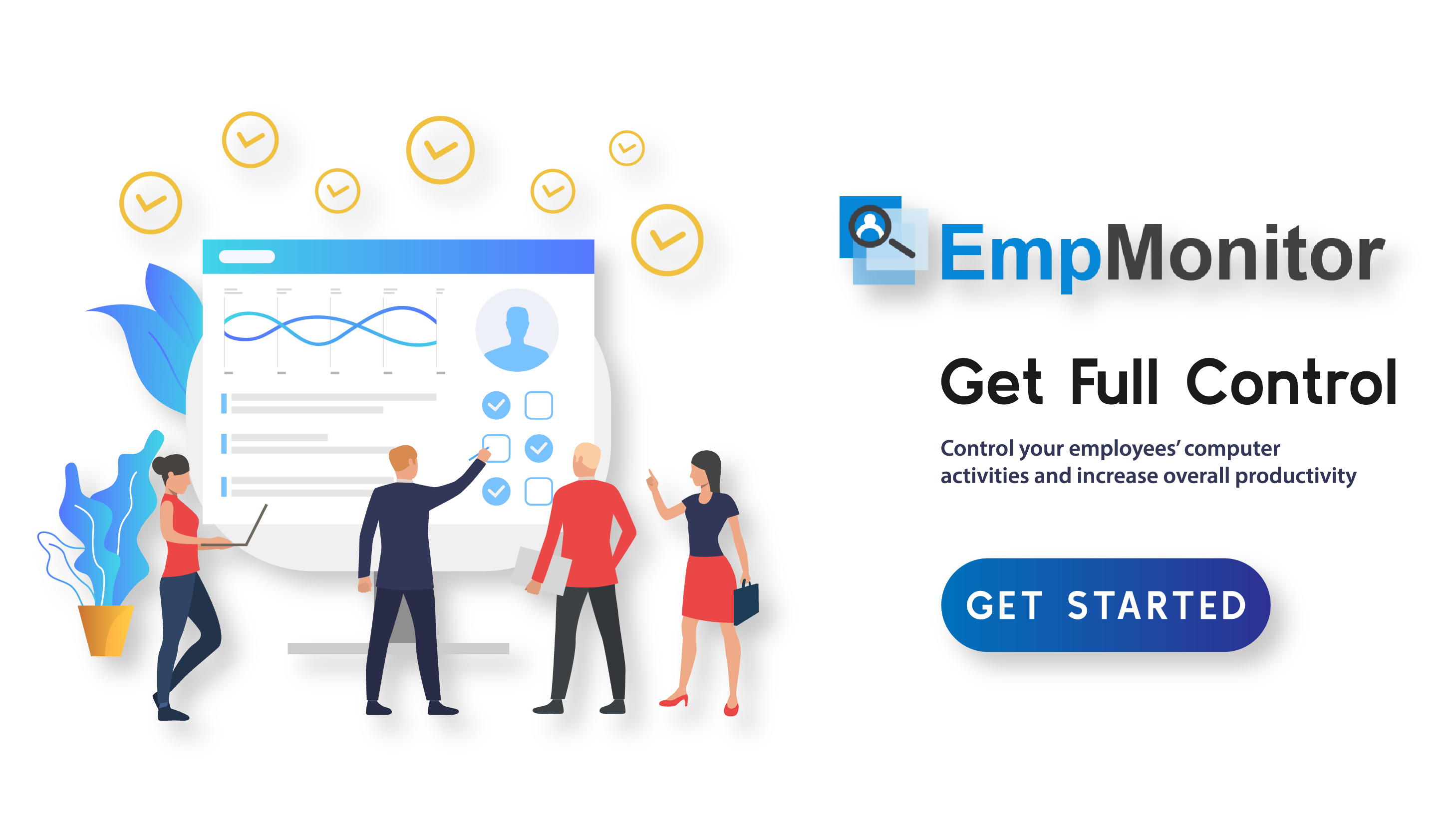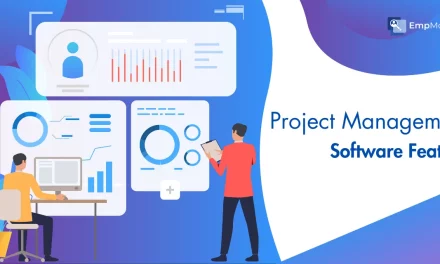Project failures often result from inadequate project visibility. Teams may lack a clear understanding of project goals, milestones, and the bigger picture, hindering commitment and success. To address this, project managers can ensure a well-defined road map of projects and essential goals.
Additionally, fostering a harmonious work environment is crucial in preventing issues from escalating, but this is challenging when the team’s work isn’t visible. Project visibility is the solution to cultivating accountability and accuracy in the workplace.
In this article, we will delve into the elusive realm of visibility of projects, shedding light on what it truly entails. Also, we will unveil seven potent strategies that can bridge teams, foster collaboration, and elevate project efficiency.
Listen To The Podcast Now!
What Are Project Visibility And Its Challenges?
Project visibility refers to the extent to which a project’s progress, status, and relevant information are accessible and understandable to stakeholders, team members, and decision-makers. It involves ensuring that everyone involved in the project has a clear understanding of its current state, goals, and potential issues.
Maintaining visibility can be challenging due to various factors. Firstly, complex projects with numerous tasks and dependencies may make it difficult to track and communicate progress effectively.
Additionally, team members may be dispersed geographically, making real-time updates and communication more challenging. Balancing transparency without overwhelming stakeholders with excessive data is also a common challenge.
Effective project management software and communication strategies are essential for addressing these challenges and maintaining visibility.
Why is Project Visibility Important?
Visibility in project management is of paramount importance for a myriad of reasons. It serves as the foundational pillar upon which successful project execution is built. Here’s why it matters:
Resource Allocation:
With visibility, you can optimize resource allocation. You’ll know which resources are underutilized and where additional resources are needed, ensuring efficient utilization of your workforce.
Efficient Team Collaboration:
Teams benefit from visibility as it promotes collaboration. Team members can see the bigger picture and how their work contributes to the project’s overall success, enhancing teamwork and motivation.
Precise Decision-Making:
The availability of real-time project data and information through project visibility empowers stakeholders to make well-informed decisions, resulting in improved choices related to scope adjustments, risk management, resource allocation, and project prioritization.
Client Satisfaction:
Clients often demand transparency and clarity related to projects. When you can provide this, it builds trust and confidence in your ability to deliver on time and within budget.
Meet Deadlines:
Visibility in projects can help in tracking timelines and deadlines, making it easier to ensure that project milestones are met, and the project stays on schedule.
7 Effective Strategies To Achieve True Project Visibility
Now that you understand the importance of projects and their components, here are seven strategies to help you achieve true project visibility:
Develop a Project Communication Plan:
Clear and consistent communication is the backbone of project visibility. A well-structured project communication plan ensures that all stakeholders, team members, and partners are on the same page. It defines who should be informed, when, and how. Regular updates, emails, and meetings should be integrated into the plan, allowing for seamless information flow throughout the project’s lifecycle.
Create and Send Regular Project Status Reports:
Status reports are like progress snapshots of your project. They summarize key information, such as milestones reached, challenges encountered, and the overall project health. Sending regular status reports ensures that stakeholders and team members are aware of the project’s current status, helping everyone stay aligned and informed.
Use A Project Management Software Like Empmonitor:
You can use project management software, such as Empmonitor, which provides project tracking features that help you manage all your projects.
It is a versatile software solution designed to streamline employee monitoring, time tracking, and productivity analysis. This tool is instrumental in project management as it offers real-time insights into task progress, resource allocation, and employee productivity.
With Empmonitor, project managers can enhance project visibility, manage multiple projects, track resource utilization, and ensure that tasks are completed efficiently. It simplifies project-related communication, making it an invaluable asset for keeping projects on track, within budget, and on schedule.
Conduct (Productive) Strategy and Status Meetings:
Regular meetings are essential for keeping the project on track. However, it’s vital that these meetings are productive and focused. Set clear agendas, encourage open discussions, and involve key team members. This ensures that meetings contribute to project understanding, address issues, and lead to informed decision-making.
Have a Shared Space for Resources:
A shared online space where project resources, documents, and updates are accessible to all team members is crucial. Tools like SharePoint or Google Drive provide a centralized repository for project files. This shared space eliminates confusion and saves time otherwise wasted on searching for critical documents, thus enhancing overall project visibility.
Appoint a Project Manager:
A skilled project manager is the linchpin for achieving project visibility. They oversee project details, manage resources, and facilitate communication. Their role is to keep everything on track, ensuring that project goals are met and stakeholders are well-informed. An effective project manager is indispensable in maintaining the project.
Keep Public Notes Attached to Shared Resources:
When notes, comments, and discussions are linked directly to shared project resources, it enhances transparency. Public notes can clarify doubts, provide context, and offer additional information. This fosters better understanding and collaboration among team members and stakeholders.
Advantages of Using Project Management Software
Utilizing project management software offers a multitude of advantages when it comes to achieving visibility in your projects. Here are some key benefits:
Centralized Information:
Project management software provides a centralized hub for all project-related data, from tasks and schedules to documents and communication. This centralization makes it easy to access and share critical information, enhancing overall visibility.
Real-Time Updates:
Project management tools offer real-time updates on project progress. Team members and stakeholders can instantly see how tasks are advancing, which milestones have been reached, and if there are any issues or delays. This transparency allows for timely decision-making and course correction.
Resource Allocation:
It helps you allocate resources efficiently. You can see who works on what, their availability, and how resources are distributed across different tasks. This ensures that resources are optimally utilized.
Task Tracking:
With task tracking features, you can monitor the status of each task in real time. You’ll know which tasks are completed, in progress, or overdue. This clarity aids in identifying bottlenecks and ensuring tasks are completed on schedule.
Enhanced Project Scheduling:
Scheduling project management software is a powerful feature. You can create and modify project schedules with ease, set dependencies, and track milestones. This level of scheduling control is essential for project visibility and meeting deadlines.
Reporting and Analytics:
Most project scheduling software offers robust reporting and analytics features. These tools allow you to generate customized reports on project performance, helping you analyze data, identify trends, and make informed decisions to improve the project.
Also Read:
7 Tips For Better Project Tracking & Deliver Projects On Time
10 Mind Blowing Free Project Management Tools
17+ Project Management Software For Better Productivity
Document Management:
A significant portion of project visibility depends on easy access to project documents. Project management software typically includes document management capabilities, making it simple to store, organize, and retrieve project-related files.
Scalability:
Project management software also known as project portfolio management tools can adapt to the scale of your projects. Whether you’re handling a small team or a large, complex project, these tools can accommodate your needs, maintaining visibility as your projects grow.
Conclusion:
Achieving true project visibility is essential for the success of any project or organization. It empowers teams to work collaboratively, make data-driven decisions, and stay on track to meet their goals.
By implementing these strategies, you can significantly improve visibility, leading to better project outcomes, increased collaboration, and ultimately, the achievement of your project goals. Remember that project visibility is not just a buzzword; it’s a fundamental aspect of successful project management and organizational growth.


